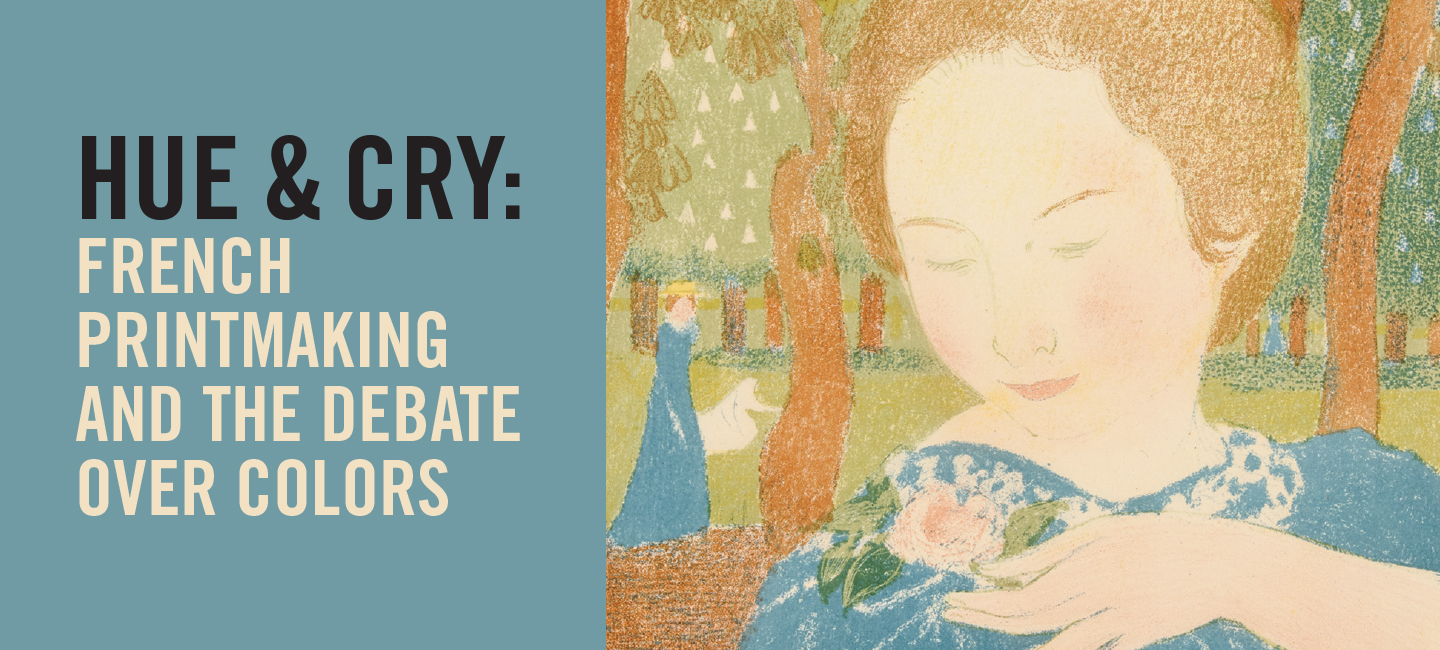CHROMOLITHOGRAPHY
One great advantage of lithography, by contrast with intaglio or woodblock methods, was that artists could draw freely on the stone matrix (or transfer a design directly from another surface) without the need for specialized tools. The operations required to produce a design for print thus corresponded more closely to those for drawing or painting, while lithography’s adaptable character enabled an almost unlimited range of aesthetic effects.
Chromolithography is a term used for color lithographs characterized by saturated, high-gloss color, usually covering the entire sheet. Although color lithography and chromolithography are made by the same technique, their visual results—and uses—contrast greatly. Chromolithographs, known familiarly as “chromos,” were typically associated with popular art and decorative materials: trade cards, children’s books, and reproductive prints of paintings. As mass-produced products, chromolithographs were printed widely to meet consumer demand. While this made artistic images available—and affordable—to many, these works were perceived without the aura of exclusivity or creativity of fine-art color lithographs.
